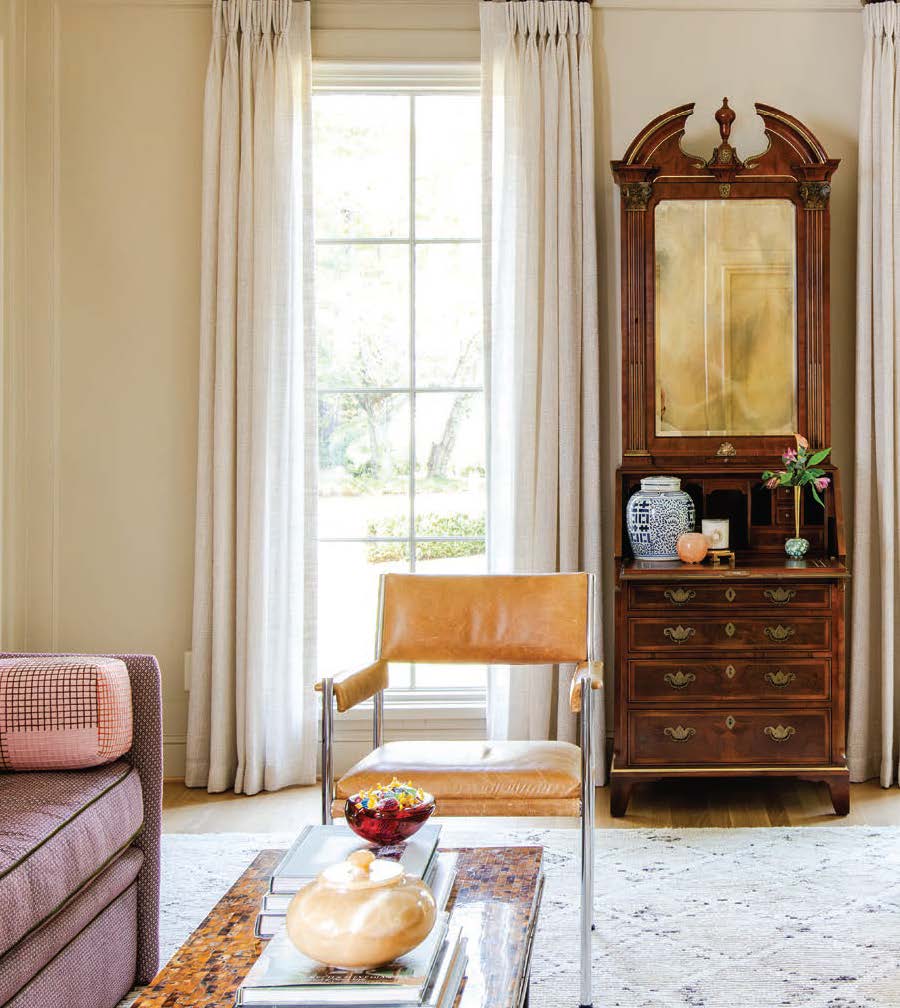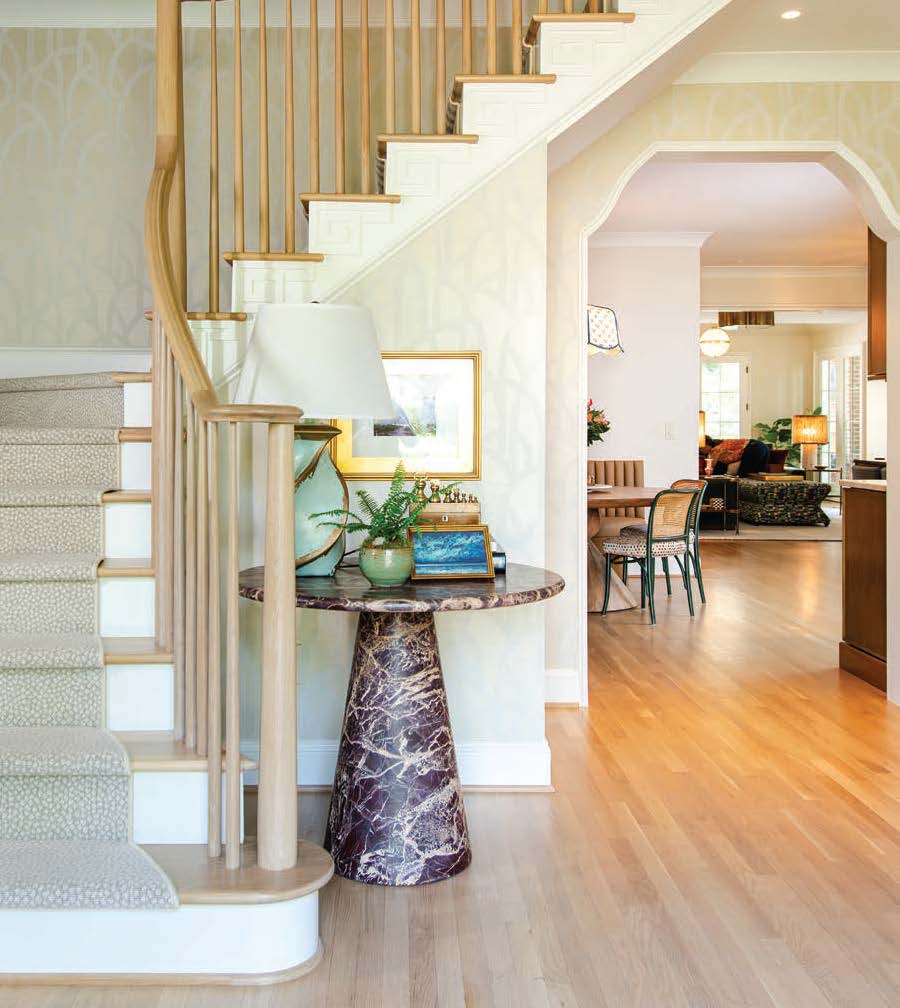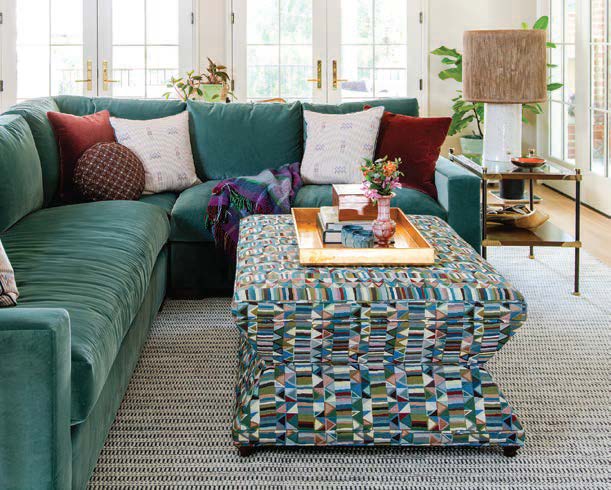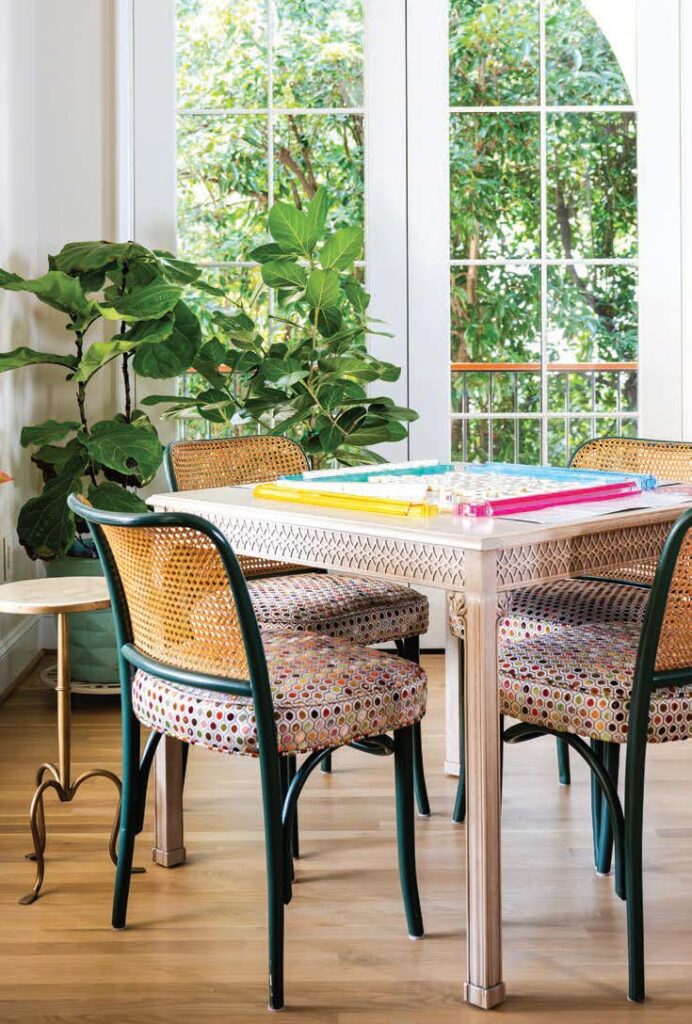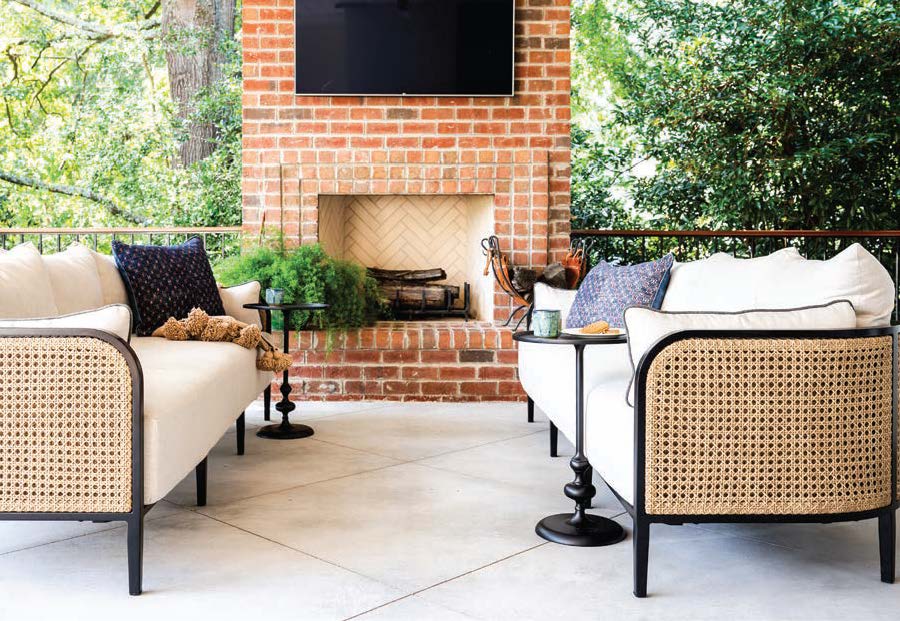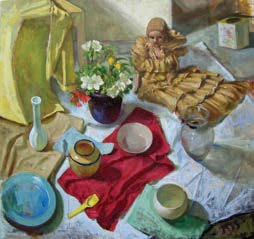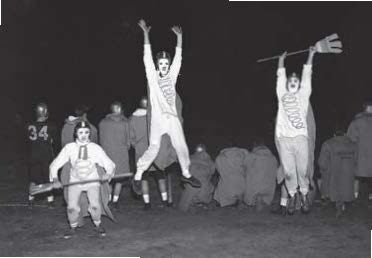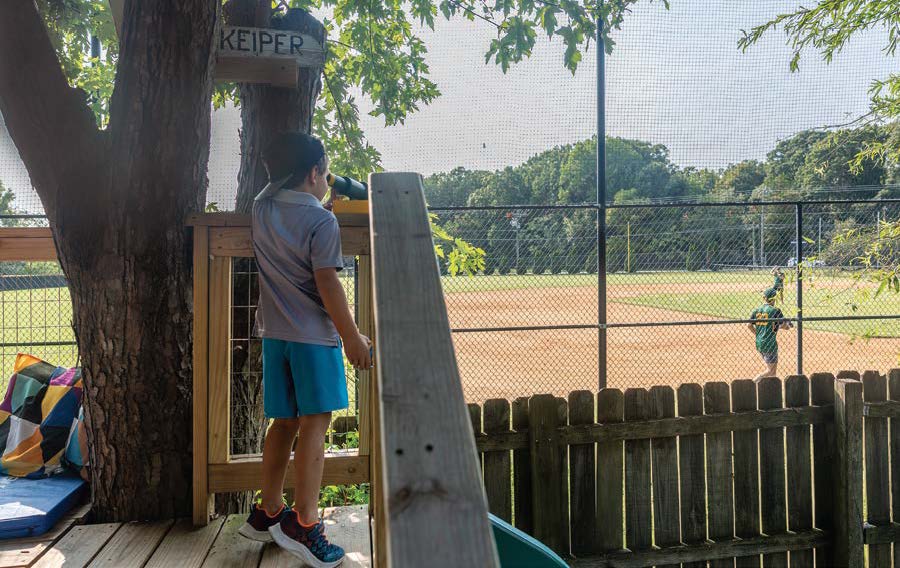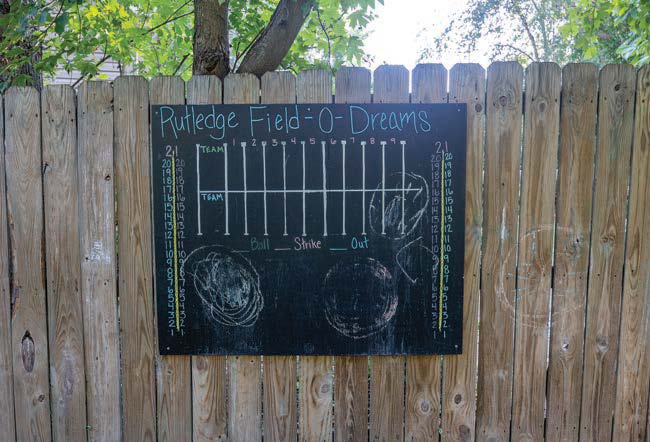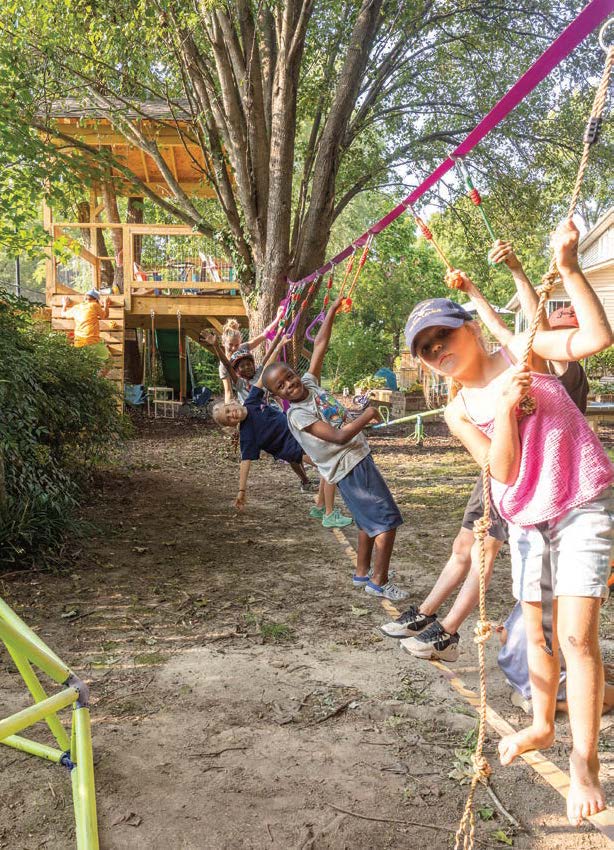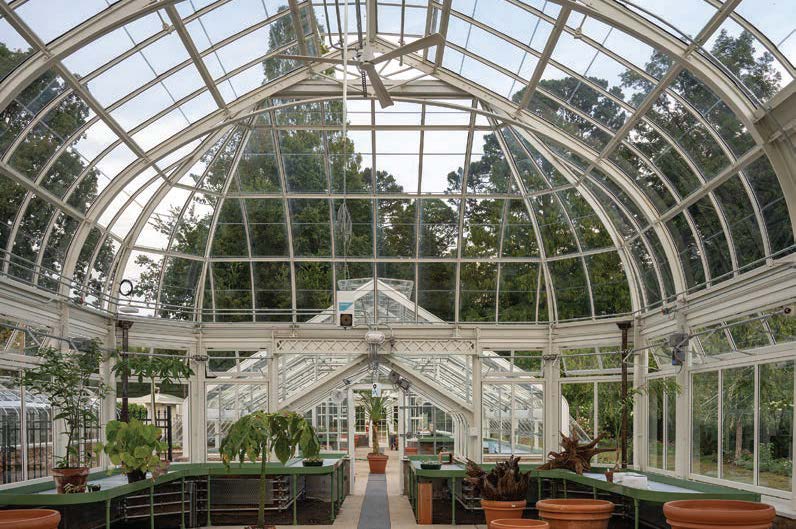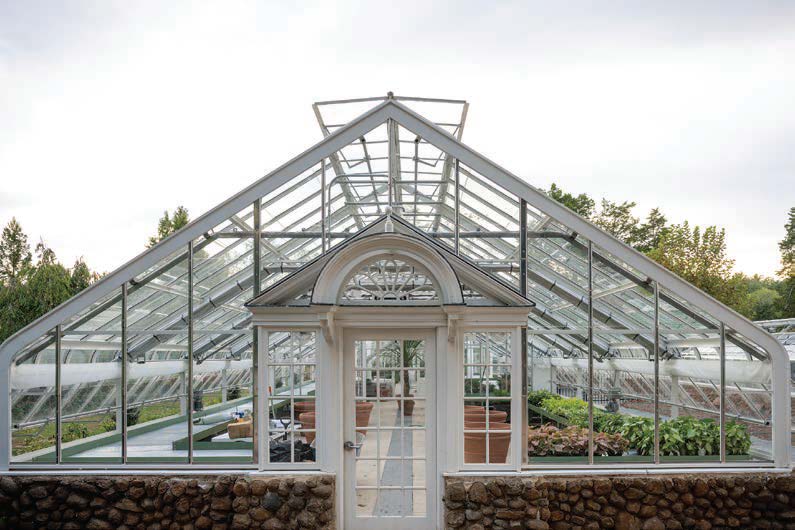Wandering Billy
12 DAYS OF CHRISTMAS

How I learned to always give credit where credit is contractually obligated
By Billy Ingram
For reasons I’ll never understand, from the mid-1980s until the mid-1990s, I found myself working as an artist for Seiniger Advertising in Beverly Hills, a movie poster design team that became known as “The New York Yankees of Motion Picture Advertising.” During the last century, when movies were enjoying the industry’s most lucrative period, a lean, mean design team of about 30 of us found ourselves creating one-sheets — the movie posters you see in theaters — and trailers for the biggest blockbusters ever.
We cranked out hundreds of posters for movies such as Pretty Woman, Hook, Ghost, and Field of Dreams, and worked on films that became franchises, including James Bond, Die Hard, Lethal Weapon, Indiana Jones, Beverly Hills Cop, Star Trek and Rocky. And that’s not even mentioning every Tom Cruise, Harrison Ford, Kevin Costner and John Hughes release. They all came out of the Seiniger studio. Here are a few meaningless yet entertaining anecdotes from a time when I was Hollywood swingin’…
The Prince of Tides: Barbra Streisand was/is famous for micromanaging her projects, all the way down to creative control over all advertising and publicity, including movie posters. For a couple of weeks after shooting wrapped, Streisand would send over suggestions for the Prince of Tides poster and I would work them up — usually consisting of a photo for the background, another for the foreground. They would arrive, about half a dozen at a time, promptly at 6 p.m. and she needed to see completed comps by 9 a.m. If at first glance I thought her choices odd, inevitably they turned out to be very attractive and astute. However, there was one particular on-set photo she liked a lot of her and co-star Nick Nolte in bed, Barbra in a nurturing position. Trouble was, she kept wanting to see her head larger, which naturally meant Nolte’s noggin got bigger. Eventually, the context was lost. That became obvious when someone passed by my desk, saw this mockup and remarked, “That looks like Barbra Streisand with her pet head!”
Boomerang: We were toiling away on a typical campaign for a romantic comedy starring Paramount Picture’s biggest star until one afternoon, when we were instructed to stop and switch directions. Seems the star decided he wanted to be the next James Bond. And, as it happened, that franchise was in limbo after License to Kill bombed at the box office. From that point on, every poster design for that Paramount romcom had to make the star look as “007” as possible. Bond being another studio’s property, what could have been an unusual casting choice (to say the least) was ultimately nixed — but, if Ian Fleming’s creation had belonged to Paramount, there’s no doubt the next entry in that franchise would have starred . . . Eddie Murphy as James Bond.
Moonstruck: The image of Cher on the Moonstruck poster (from a location shoot in Central Park by Annie Leibovitz) is one that almost everyone remembers. In fact, it won what is now the Academy Award for Best Movie Poster that year, another home run for the Tony Seiniger shop. That image is actually composed from three different photos — the head, the torso and arms, and the skirt with legs all came from separate frames.

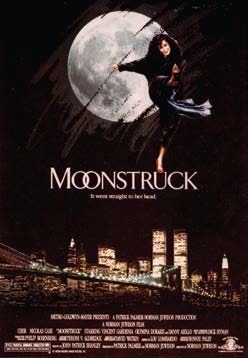

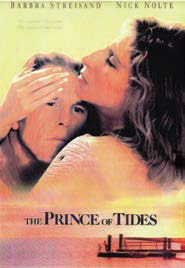
This also-ran for Moonstruck (shown) has some of the same elements as the final poster, but . . . why is Cher up in the night sky lashing out at the logo? What’s even more puzzling is why is the moon moving so dangerously close to the Earth? File this one away for Cher’s sci-fi sequel: Moonstruck the Earth!
Star Trek VI: This particular comp, I had very little — if anything — to do with, but, whenever I drifted into a new project, I would pull the actors’ publicity contracts that we kept on file just in case. While this design by Bob Peak, a highly-acclaimed artist who rendered the illustration for the first Star Trek motion picture one-sheet, is striking and effective, I warned the art director that it would never fly. William Shatner’s contract stipulated that only Leonard Nimoy, DeForest Kelley and Shatner himself could appear on the movie poster, so this was a nonstarter.
Bugsy: One day, I noticed an older gentleman meandering around our bullpen, observing with interest how we were manipulating images, so I struck up a conversation. He was none other than George Hurrell, the photographic genius who captured indelible portraits of 1930s/1940s Tinsel Town immortals such as Garland, Harlow, Crawford, Bogart, Gable and Garbo. I was fascinated as he explained his technique of touching up those picture-perfect images directly on 8-by-10-inch negatives. This was 1991; he still had his studio, but confessed he felt his work had been forgotten in the business, and was grateful Warren Beatty had requested a photo shoot with him for the Bugsy poster. Hurrell passed away the next year.
With all the different directions and rush-order variations requested over several months, primarily by Warren Beatty, the one-sheet for Bugsy somehow became the most expensive of all time (a record I doubt will ever be broken) — around one million dollars just for the movie poster alone. And yet, as gorgeous as George Hurrell’s stark depiction of Beatty was on the final design that both star and studio agreed on (shown fronted by Annette Bening, photographed by Bruce Weber), Bugsy’s director, Barry Levinson, was so miffed at having been left out of the process, he rejected it and demanded input. As a result, the final poster was merely a generic tango pose of the two stars lensed by a more au currant Hollywood photographer, Herb Ritts. They could have photographed it at Glamour shots in the mall.
Before working at Seiniger Advertising (a company so exclusive the phone number was unlisted), I never gave one thought to how movie posters came into being. I just fell into it. During this almost 10-year period, I actually provided the illustration for The Hunt For Red October poster and generated graphics for award-winning trailers and main titles including The Fugitive and Robin Hood: Prince of Thieves.
Glamorous? Hardly. Almost every night, we had no clue when we might be able to go home; relentless deadlines resulting in 14-, 16-, even 26-hour days were expected. Working under the most stressful conditions one can imagine for long periods of time, we formed familial bonds that extend to this day, friendships and harsh relationships that I look back fondly on — and paydays I wouldn’t mind becoming reacquainted with.







